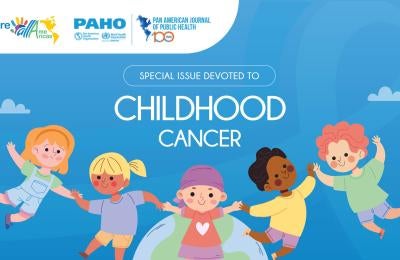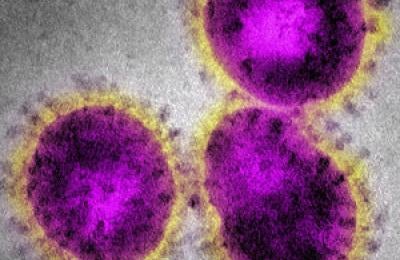Exploring the determinants and outcomes of intimate partner violence during pregnancy for Guyanese women: Results from a nationally representative cross-sectional household survey
Objective.
To determine predictors associated with physical violence during pregnancy, and to determine the relationship between exposure to intimate partner violence during pregnancy and women’s health and suicide ideation in Guyana.














